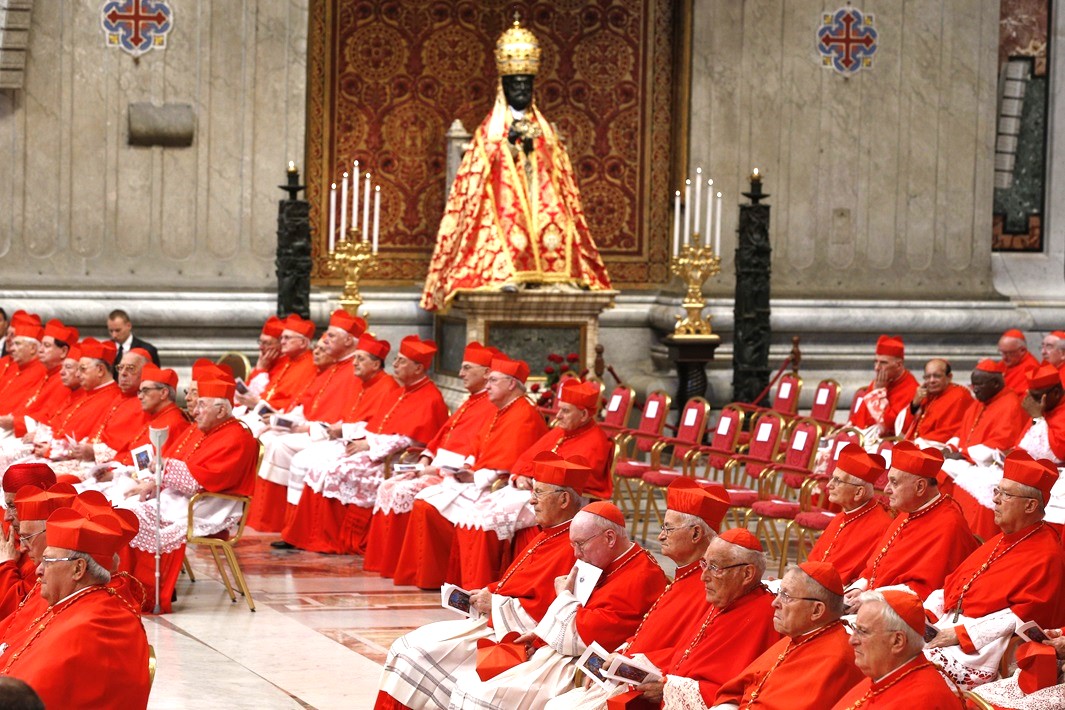By Paschal Norbert
VATICAN CITY, APRIL 28, 2025 (CISA) – The Holy See Press Office has announced that the conclave to elect the next pope will begin on May 7, with a new pontiff possibly being chosen by May 11.
The decision was made on Monday, April 28, during the fifth General Congregation of Cardinals currently gathered in Rome. All preparations for the conclave, including the formal sealing off of the Sistine Chapel and the nearby Domus Sanctae Marthae (where the Cardinals will reside), are now underway. The Sistine Chapel will remain closed to visitors throughout the proceedings.
According to Vatican officials, there are currently 135 cardinal electors -that is, cardinals under the age of 80 who are eligible to vote in the conclave.
How the Conclave Works
The conclave, from the Latin cum clave meaning “with a key,” refers to the strict seclusion under which the cardinal electors meet to choose the Bishop of Rome, the pope.
Once locked inside the Sistine Chapel, the cardinals first take an oath of secrecy. They then proceed with voting, typically holding up to four ballots each day — two in the morning and two in the afternoon. A two-thirds majority is required to elect a pope.
After each round of voting, the ballots are burned in a special stove in the chapel. If no pope is elected, the smoke from the chimney is black. White smoke signals that a new pope has been chosen.
Following the election, the newly chosen pope is asked if he accepts his election and, upon acceptance, is immediately the Bishop of Rome. He then chooses his papal name and is presented to the world with the traditional words “Habemus Papam!” (We have a pope!).
How Long It Took to Elect the Last Three Popes
In recent history, the process has been relatively swift:
- Pope Francis (2013): Elected after two days and five ballots, following the resignation of Pope Benedict XVI.
- Pope Benedict XVI (2005): Elected after two days and four ballots, following the death of Pope John Paul II.
- Pope John Paul II (1978): Elected on the third day and after eight ballots, following the sudden death of Pope John Paul I.
Given this history, Vatican observers suggest that if the upcoming conclave follows a similar pattern, the Church could have a new pope by or before May 11.
